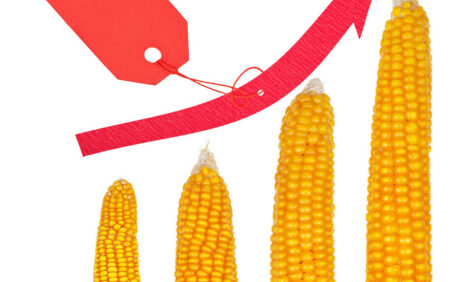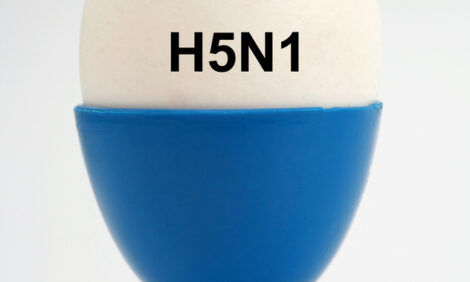



Ministers Discuss CAP Reform, Lactic Acid for Beef
EU - Common Agricultural Policy (CAP) reform was the main item on the agenda for the Agriculture and Fisheries Council Meeting in Brussels last week. There was no agreement on the use of lactic acid for beef carcass decontamination but Ministers did agree on fishing opportunities for 2013 and 2014.As regards agriculture, ministers held public debates on direct payments, the single CMO and rural development within the framework of the Common Agricultural Policy (CAP) reform. Some specific issues discussed were: equivalence to greening practices, sugar quotas and vine planting rights.
No agreement was reached in favour of or against a proposal for a regulation on the use of lactic acid to reduce microbiological surface contamination on bovine carcasses.
The ministers reached political agreement on fishing opportunities for certain deep-sea stocks for 2013 and 2014. They also exchanged views on the annual consultations between the EU and Norway.
Finally, the ministers were briefed on the error rate in rural development, the EU-Morocco agreement on agriculture, a new EU food model, Norwegian pout stocks and the EU-Mauritania fisheries agreement.
Ministers also had a discussion on the current state of play on CAP reform.
Lactic acid for beef carcass decontamination
No agreement was reached either in favour of or against the proposal for a regulation concerning
the use of lactic acid to reduce microbiological surface contamination on bovine carcasses presented
to the Council for adoption.
The Commission proposal follows an application from the US Department of Agriculture to be able
to use lactic acid to reduce surface contamination of bovine carcasses and meat. Since lactic acid is
widely used by US beef industry, the 'lactic acid regulation' is informally linked to the 2009
bilateral memorandum of understanding (MOU) between the US and the EU on beef trade. On 1 July 2012, and in accordance with the second phase of the MOU, the EU opened an increased
import quota (TRQ) for beef not treated with hormones. Authorisation of the use of lactic acid
would allow the USA to fill this export quota.
On 26 July 2011, the European Food Safety Authority (EFSA) adopted a scientific opinion on the
evaluation of the safety and efficacy of lactic acid for the removal of microbial surface
contamination from beef carcasses, cuts and trimmings. EFSA concluded that this treatment
would not be a safety concern provided that the substance used complies with the EU specifications
for food additives.
At its meeting on 21 September 2012, the Standing Committee on the Food Chain and Animal
Health was unable to achieve the qualified majority necessary to deliver an opinion for or against
the authorisation measure proposed by the Commission. In the absence of an opinion, the Council
had two months in which to give its position, following which the Parliament would also have an
additional two months to give its position.
The Council noted that there was not a qualified majority either in favour of or against the proposal.
In this case, the Commission is now entitled to finalise the procedure ('comitology') and to
authorise the use of lactic acid to reduce microbiological surface contamination on bovine
carcasses.









